Hands-on with Destiny 2: The Final Shape: The campaign is way better, and Prismatic feels broken even if Bungie says it isn’t
The new Prismatic subclass in Destiny 2: The Final Shape is the closest Bungie has come to canonizing fan fiction. For years, players have dreamed up a hybrid subclass combining our Light and Darkness powers. Now that it’s suddenly very real, it’s hard for me to imagine using anything else unless I desperately need a Well of Radiance or some other ability that’s not in the Prismatic pool. This was my stance going into a recent lengthy hands-on session with The Final Shape’s campaign and its new Pale Heart destination. After actually playing several hours of the expansion using Prismatic, I’m more convinced than ever that this subclass is going to have a tremendous impact on Destiny 2.
Oh, and the rest of The Final Shape seems really good too.
A massively improved campaign
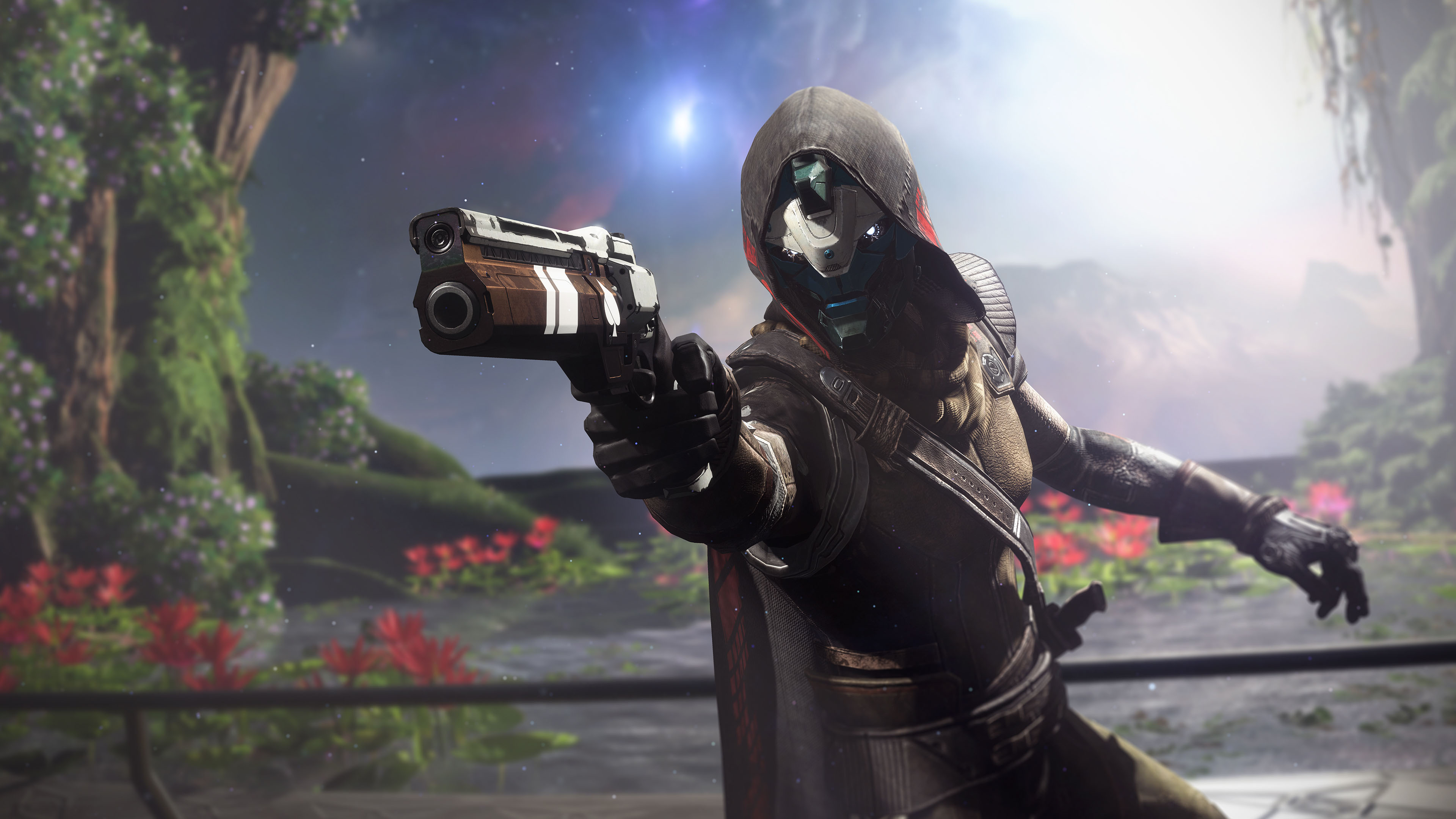
Once again, Legend difficulty in the campaign feels like the Goldilocks sweet spot, a pitch-perfect expression of Bungie’s simpler FPS roots and Destiny 2’s best-in-class gunplay. You also get a big headstart on the new Power grind for beating it, which is still nice even with the streamlined Power changes coming in June.
Even in a pre-release, subject-to-change environment, it’s immediately clear that Bungie has learned from Lightfall’s poorly received campaign and stepped it up with The Final Shape in multiple ways. From the very first mission, the campaign is focused, pacey, and delivers rich mechanical complexity. Multiple puzzle-lite systems are woven in, nudging the cadence of combat and exploration ever so slightly. It’s just enough to shake me out of my engrained Destiny stupor of casually shooting dudes. This isn’t unprecedented for Destiny 2 campaigns, but The Final Shape has gone the extra mile.
The Dread feel meaningfully different, and with them in the mix, so does Destiny 2.
Reverential nostalgia underpins The Final Shape, which suits a narrative climax 10 years in the making, with the Pale Heart conjuring enemies and environments from throughout Destiny history. The destination is a fascinating caricature. That Light and Dark contrast shines through again; verdant cityscapes contrast ominous chasms and skyboxes. Giant Ghosts and sunlit verandas are paired with blighted pits and sand-beaten wastelands. Bungie is back on a horror trip, which is always terrific news. Faces and hands jut from rocky cliffs, statues wail in frozen agony, and even the ground beneath you seems to bleed. It is all of Destiny all at once, filtered through an unnerving wrongness.
Dread it, run from it
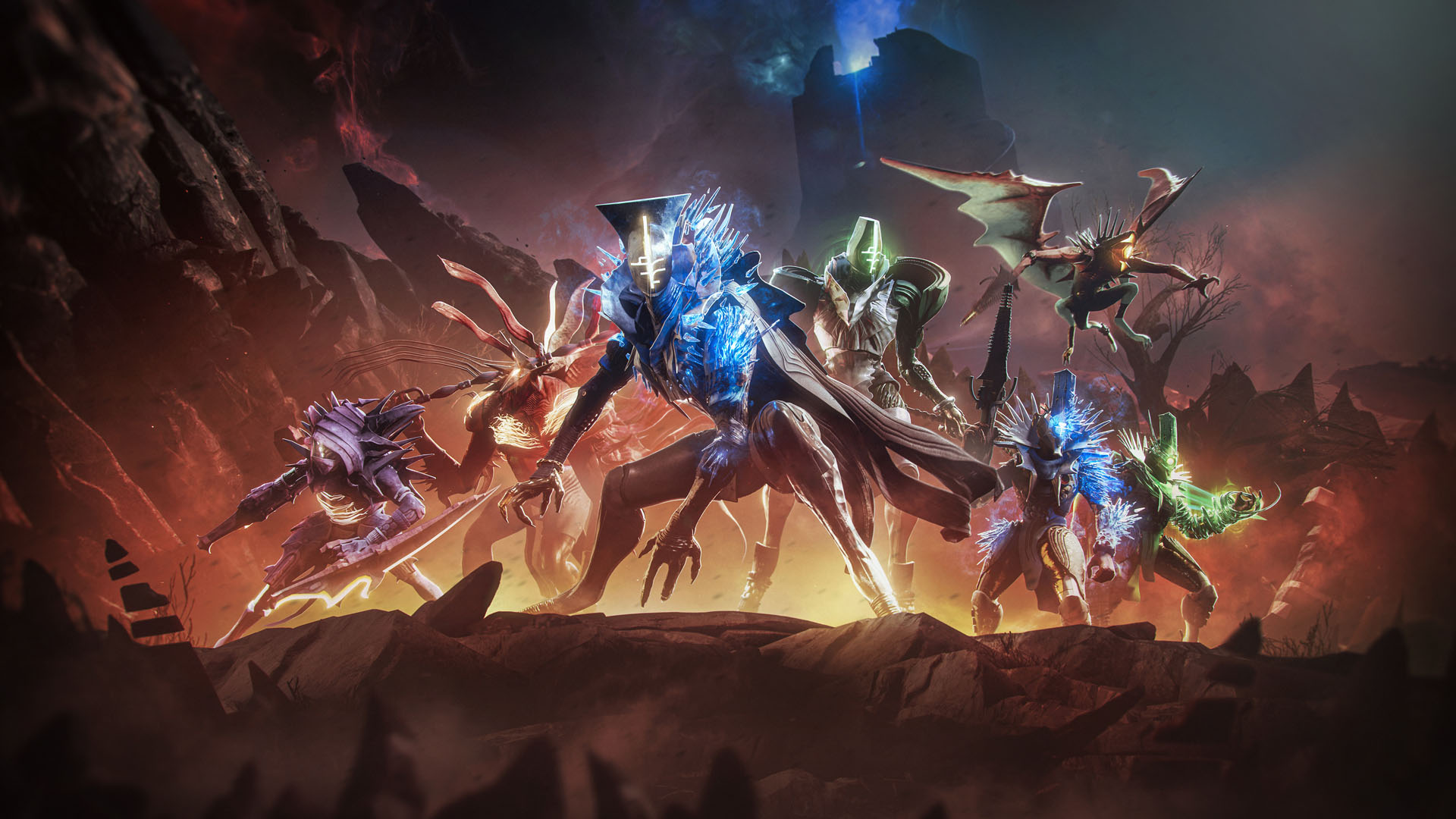
This sense of reflection carries into combat. Multiple enemy factions join the new Dread, which are essentially the Witness’ private army, so The Final Shape’s sandbox feels like the greatest hits of Destiny 2. There’s a huge variety of crit spots, in particular, meaning standard eye-level headshots aren’t always the ideal solution to combatants. It’s hard to overstate how much this changes the feel of encounters moment-to-moment. Passively swiping my hand cannon between headshots becomes a more active and dynamic search for weak points all over the screen, which helps sell the difference the Dread make on their own and when combined with other enemies.
We finally have an all-new enemy race, and it’s a good one. The Dread are tricky to deal with. The flying Grim are pesky little eyeballs with wings and guns, almost like Bungie’s take on a classic Zelda bat. They force you to look up and around in a way Destiny 2 rarely does. The warrior-like Husk echo The Witch Queen’s Light moths by spawning a seeking missile called a Geist if you don’t kill them with a critical hit – to the chest, I’m pretty sure, but I’m still getting used to that. Some Dread use Strand or Stasis to debuff and crowd-control you, layering in more hazards to avoid. These debuffs never became obnoxious in my session, even on Legend difficulty – with the exception of the Grim, who get a 0/5 for giving me tinnitus in-game, too. The Dread feel meaningfully different, and with them in the mix, so does Destiny 2.
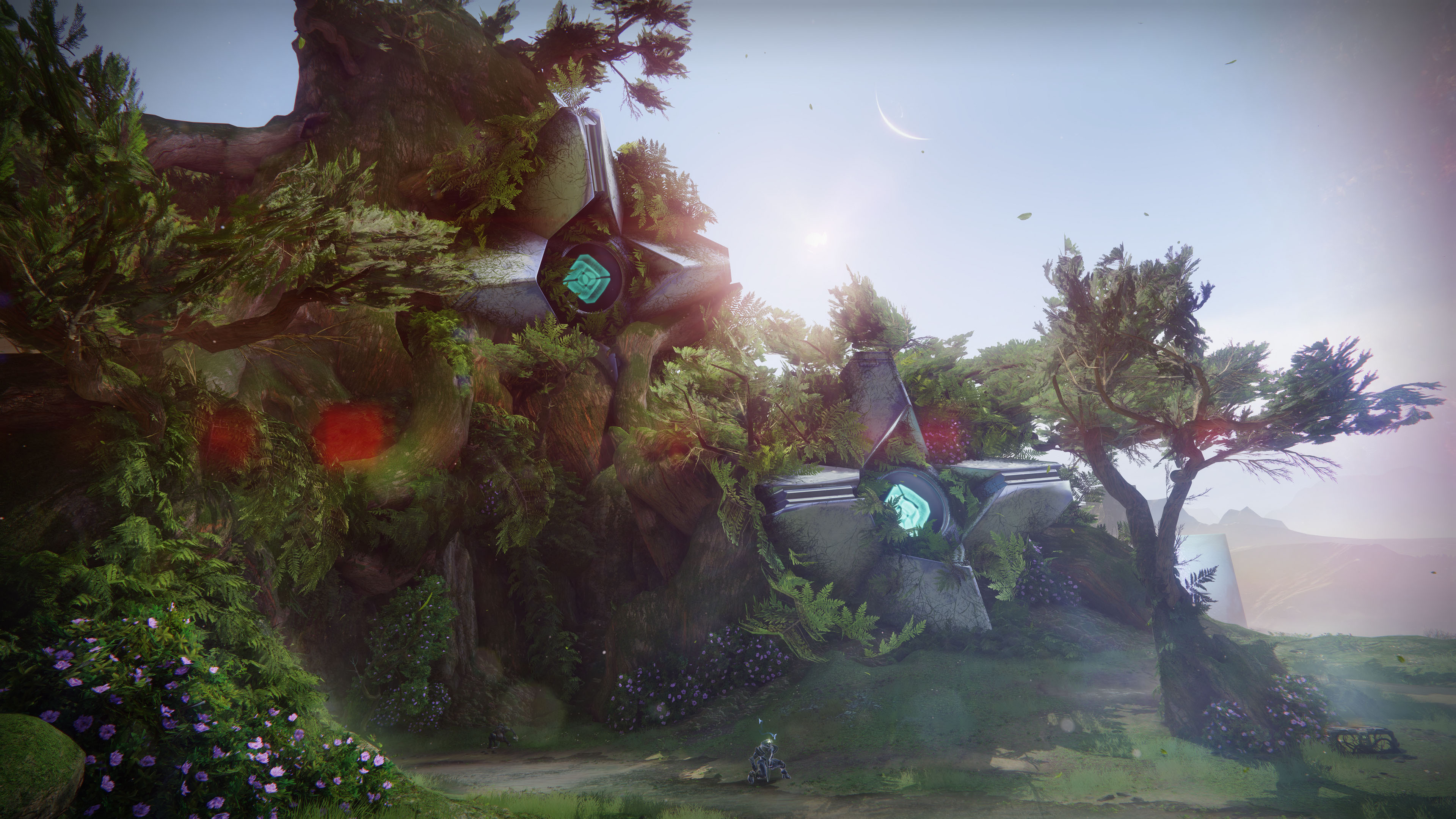
It’s harder to evaluate The Final Shape’s story chops right now. I’m still missing a lot of detail on the overarching narrative, especially the finale of this 10-year adventure. What I saw of the story did feel like the kind of weighty, dramatic lift that The Final Shape needs. It is, in a word, serious. Sadly I can’t talk about any of it, but honestly, it sounds like the new raid is what’s really going to cap off this narrative journey anyway.
What I can talk about, and what honestly impressed me more, is how Prismatic’s presence in The Final Shape’s campaign runs laps around Lightfall’s inelegant integration of the Strand subclass. Where Lightfall’s campaign felt like bouncing between a weak core narrative and a weaker anime training arc with Strand – and even then, one of those filler arcs – Prismatic feels ever-present in The Final Shape in a tight-knit way. The new subclass enhances the story that the expansion tries to tell instead of distracting from it.
It feels like cheating.
Thematically, the collision of Light and Darkness in Prismatic dovetails perfectly with our descent into the Traveler’s Pale Heart in pursuit of the Witness. It’s also smoother from a gameplay perspective: you unlock Prismatic very early on, and instead of a tedious resource grind, new Aspects and Fragments are generously dished out through chests in campaign missions. I get the sense that, at the end of the Legend campaign, I’ll have a good grasp on Prismatic and will be ready to start buildcrafting. And boy will I be doing some buildcrafting.
Maybe the best subclass in the game
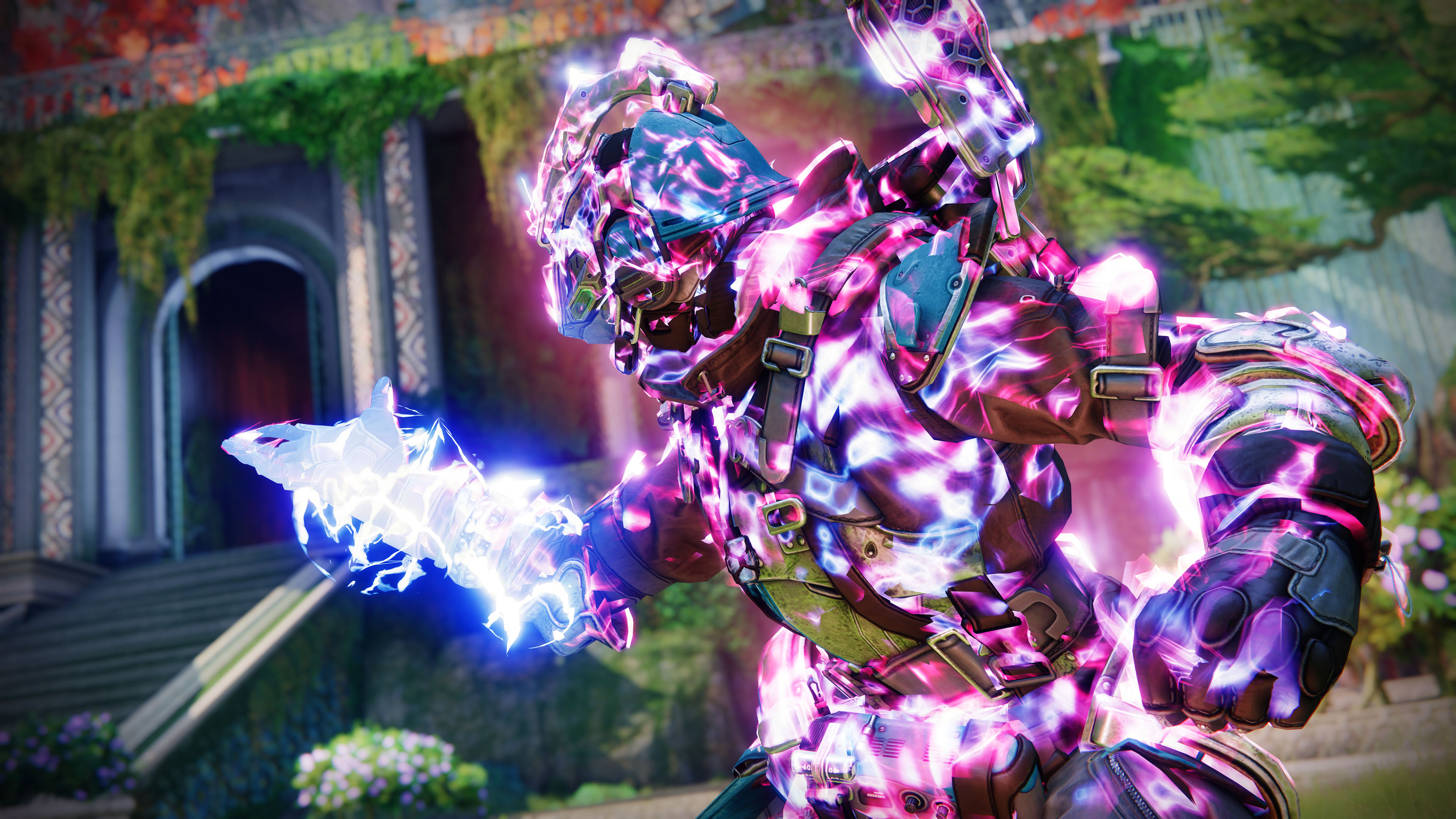
Prismatic is an explosion of possibilities promising a rainbow of explosions at your fingertips. It’s a curated pool of existing abilities updated and combined in absurd new ways, with several limiting factors removed to enable synergies with once-separated tools. Class-specific verbs ricochet off one another like billiard balls, and the resulting, clacking chaos is electrifying.
It feels like cheating. As a Warlock main, the first Prismatic build I made was my own selection of greatest hits: Strand Woven Mail, Void Devour, Stasis turrets, and Solar healing, all online at once like the tankiest choir to ever belt one out. I took this build into a Legend mission and didn’t die a single time. That was partly thanks to the new Hellion Aspect which summons a Solar turret orb that I’ve dubbed Sun Son, the latest sibling to Arc Buddy and Void Son, as well as the new Warlock Super which lets you spam fiery seeking grenades and a powerful ranged melee. Will it replace Well of Radiance? No. Do I want to keep using it? Yes.
Titan’s new Void axe-throwing Super is unexpectedly potent, too, and mighty fun besides. I think Hunter’s new Arc knife Super will be PvP-only if it sees much use at all, though. I was pretty impressed with Titan’s new on-demand Void shield, which eats your grenade to make a portable barricade that converts incoming damage into a concussive blast. Hunter’s fancy aerial Arc spin has a massive AoE of its own, to the point that I think it might actually be viable even if jumping over a crowd of enemies is usually asking to die. At the very least, it should be a ton of fun in sub-Grandmaster content, even if there are potentially better ways to use your class ability and Aspect slots.
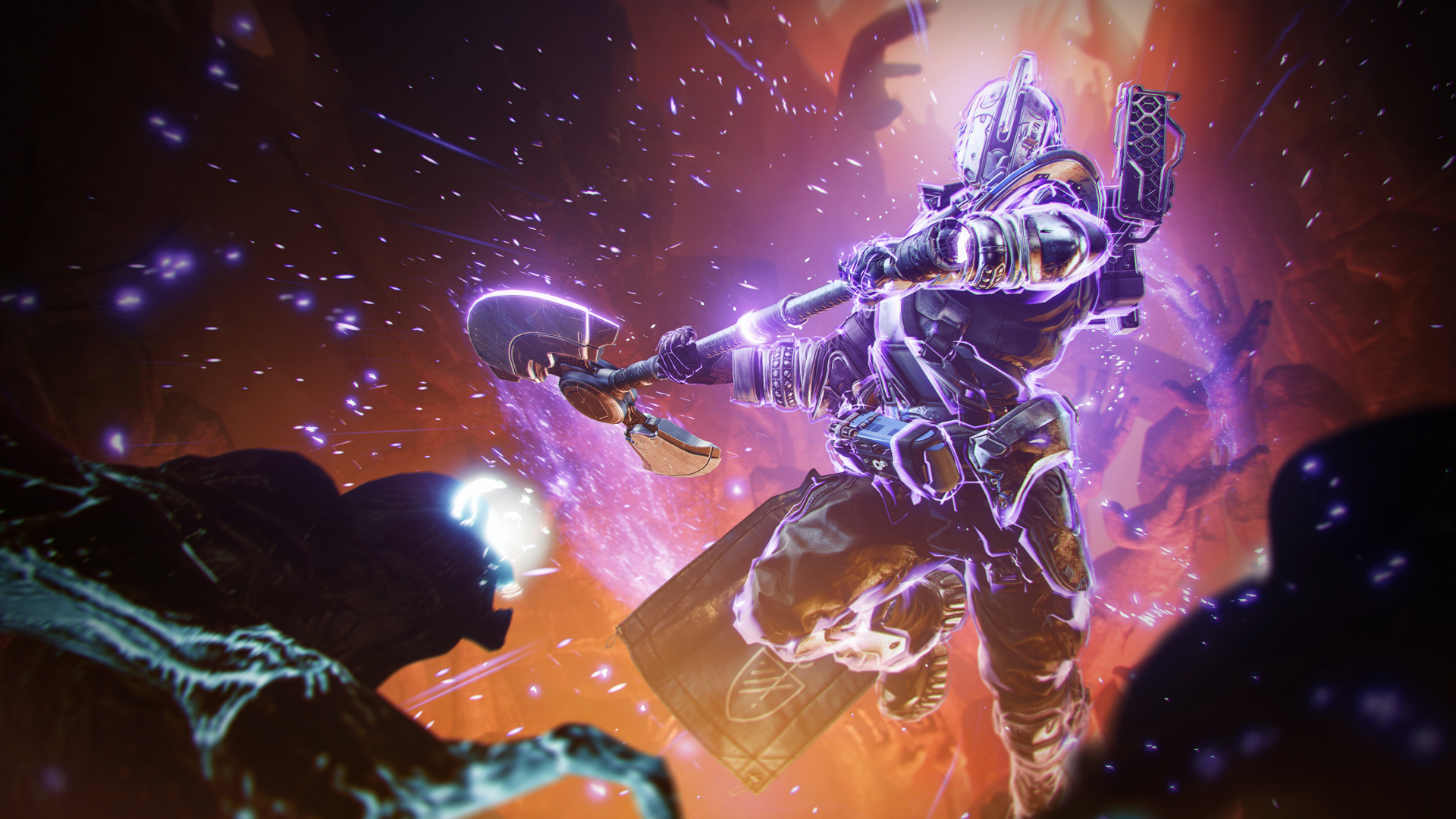
The secret sauce here is Transcendence, a new Prismatic-exclusive ability bar below your Super that fills up whenever you deal Light or Dark damage. Once you cap off both sides of the bar, you can pop Transcendence, instantly refunding your ability energy, boosting your ability recharge, and unlocking a special hybrid grenade unique to your class. It’s great fun to fill your bar, burn your normal grenade and melee, and then instantly get them back from Transcendence. This provides a burst of abilities that helps sell the fantasy of a second, smaller Super.
Hunter’s Solar-Stasis Hailfire Spike grenade has a high damage ceiling but is difficult to place, while Titan’s Arc-Strand Electrified Snare feels a little clunky due to the way the grenade bounces. I think muscle memory will smooth these out soon enough, and they’re both potent enough to warrant the practice. I was obviously a big fan of the Void-Stasis Warlock grenade, which locks down and eats up packs of enemies after a set-it-and-forget-it lob. And you are, of course, still using your guns while Transcendent, unlike in actual roaming Supers. It’s a fascinating middle ground that appeals to me as someone who generally prefers Destiny’s gunplay to pure ability spam.
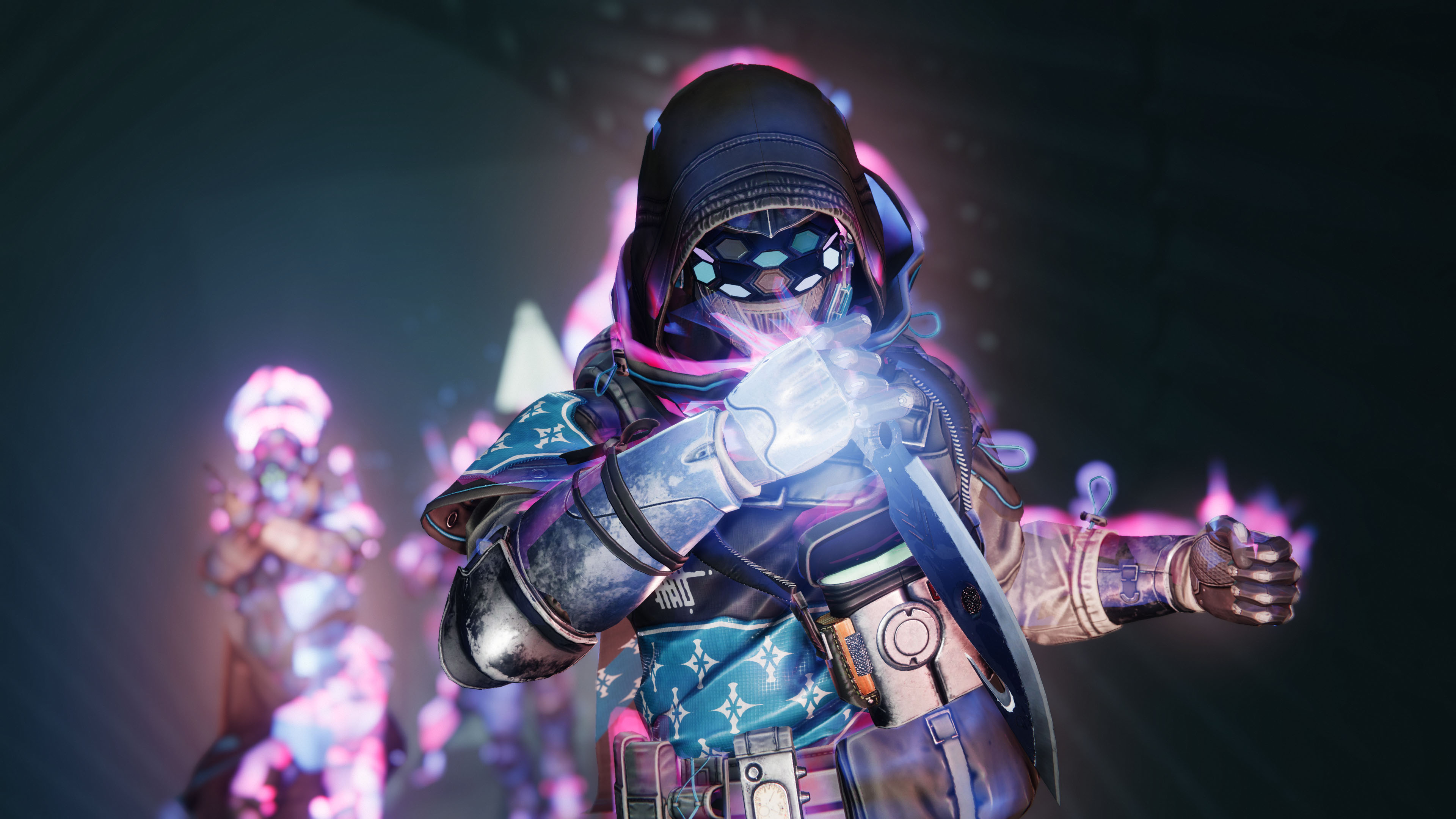
Transcendence genuinely feels like a tiny Super, and its shockingly high uptime adds a game-within-a-game pacing to Prismatic. You spend a lot of time Transcendent. You’re always actively working toward your next pop, in a way you generally can’t with Supers, by dealing a balanced mix of Light and Dark damage to fill both bars, or using Kinetic damage which covers both. This changes the way you approach mods and armor stats with all of your abilities potentially feeding into new combos. It affects your loadout on a weapon level as well since you’ll usually want to bring some combination of Light and Darkness-aligned guns over the long-standard mono-element Surge build.
Once you reach Transcendence, you then want to stay in it for as long as possible by dealing maximum damage, though you can use your Super while Transcendent in emergencies for another gameplay shift. Transcendence is also essential for damaging shielded Bound enemies, which cleverly grant bonus energy for your bars when you attack them while not Transcendent. I felt this keenly in the Pale Heart’s Overthrow activity, which is a collection of patrol zone combat objectives that feels like a better version of Lightfall’s Terminal Overload.
Endless possibilities
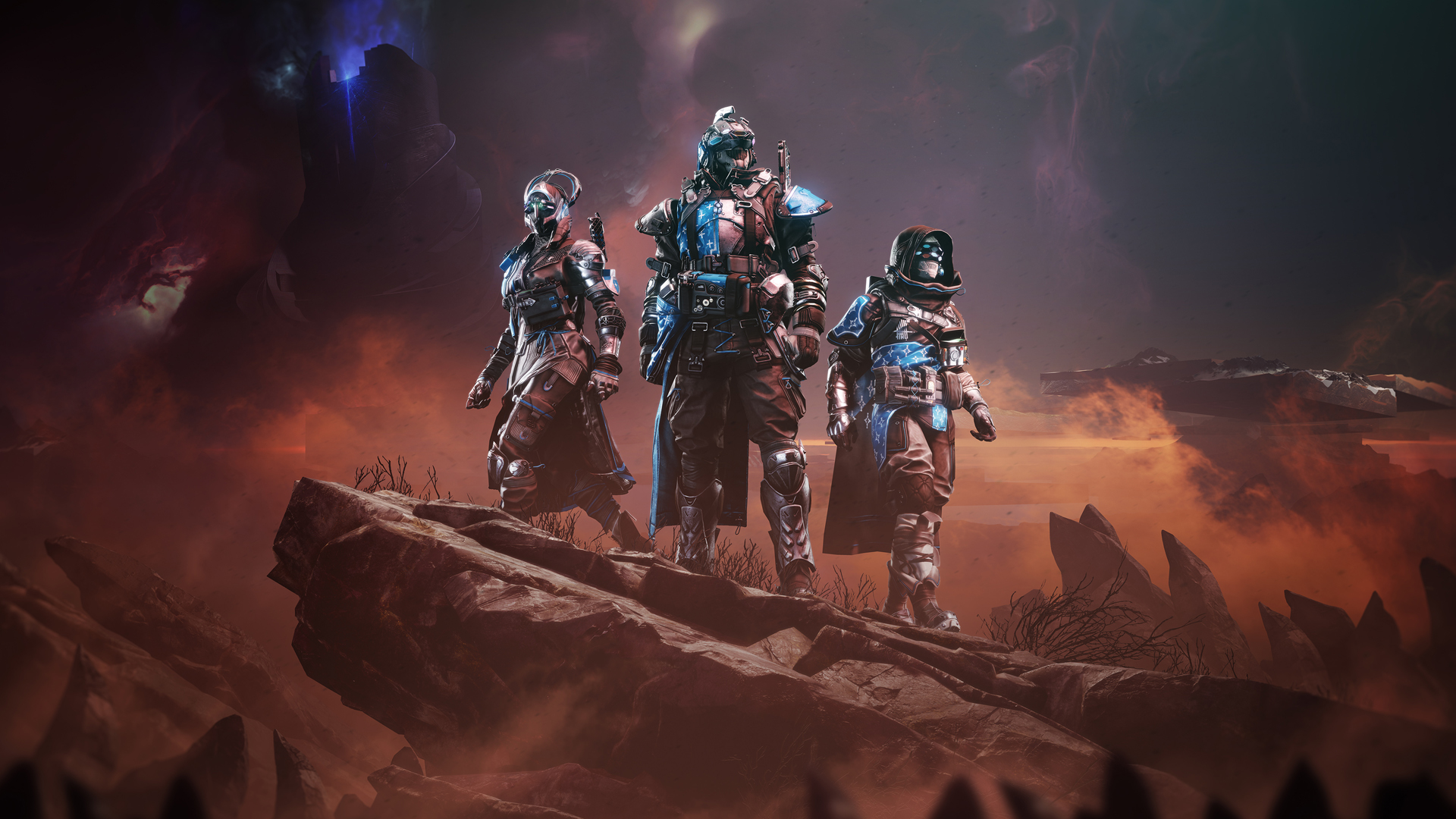
Two-in-one Exotic class items ratchet this up even farther. (You can read up on all the Destiny 2 Exotic Class Item perks for Prismatic builds here.) I see now why Prismatic, specifically, needed these special Exotics, which use partial versions of perks from other Exotics, including armor belonging to the other two classes, to create wild new combinations. The class and these class items play off one another in an engrossing way. The random Exotic drops I’m going to get will inspire Prismatic builds I hadn’t thought of before, which is hugely exciting. That might be changing my melee, swapping my Super, or using an Aspect I normally dislike.
There are so many potential builds that it’s hard to predict anything right now. I’ve relied on the old Hearthstone adage that “good cards are good” to combine my current favorite abilities, but there’s so much to play with. Ability loops, DPS Supers, tanky builds, crowd control, support builds – Prismatic is a theorycrafting buffet poised to disrupt Destiny 2’s meta more than any previous subclass.
I was fortunately able to use my own Guardian when trialing The Final Shape, and when I returned to the live version of Destiny 2 to continue grinding Onslaught, the difference was palpable. Bungie’s really cooking here. The Final Shape could well be a before-and-after moment for the game, which is fascinating given that it’s about to celebrate its seventh anniversary. There’s still a lot that I need to see, but I’m hungrier than ever to see it.
Destiny 2: The Final Shape’s release date is set for June 4.











